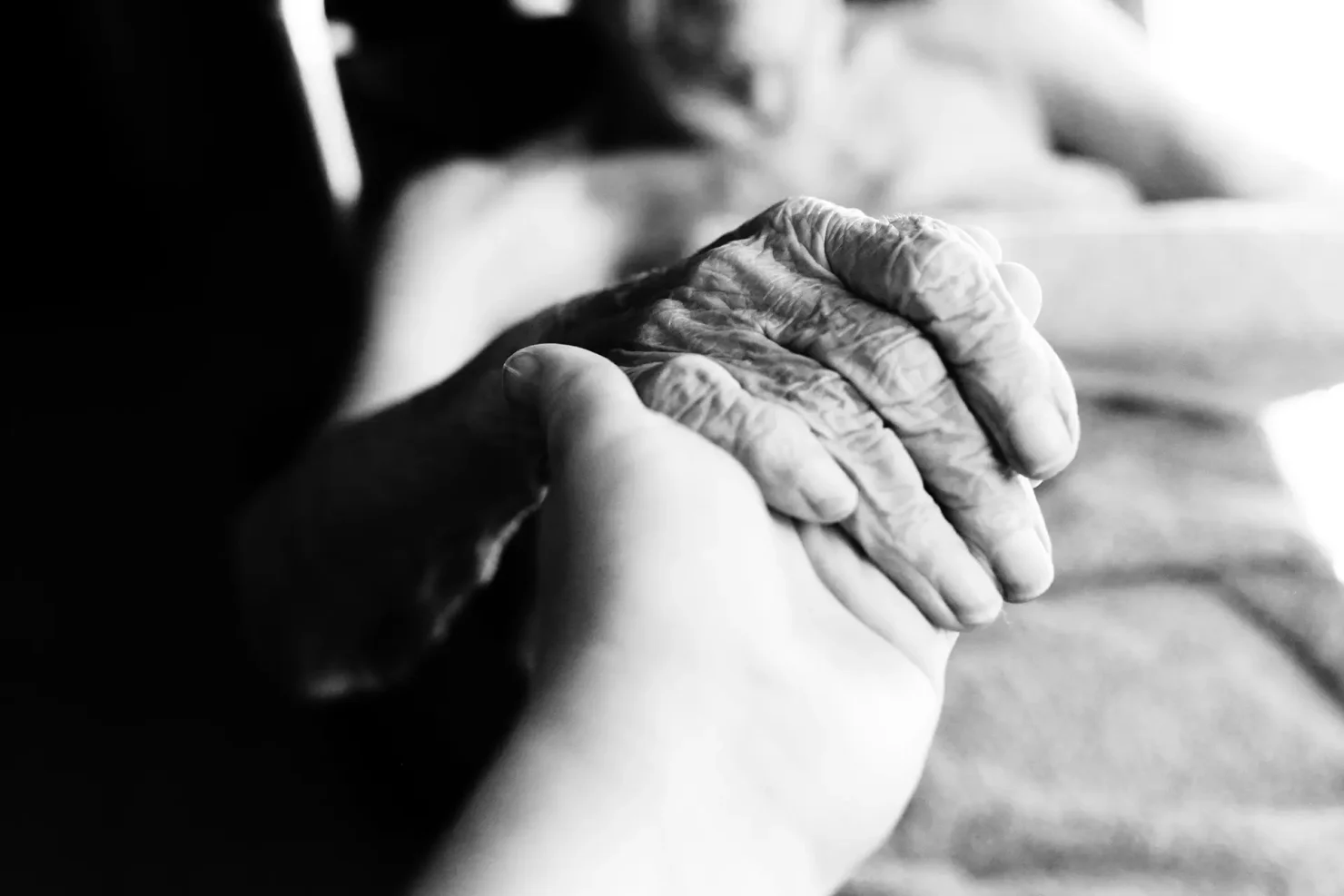Throughout my life, I have had a very front facing and personal relationship with individuals who, for a variety of reasons, were coming to the end of their lives and preparing for their final moments. Working in seniors’ homes and volunteering in end-of-life care from an early age painted a picture for me of what it is to live, to die, to love, to lose and to grieve. Most of all, it painted in my mind an expectation of the love, care, and treatment that not only myself, but my family, friends and loved ones could one day expect to receive.
Upon reflection, end-of-life care must be the business of everyone who is living, in order to not only prepare ourselves for the loss of those we love or for our own lives, but to advocate for medical programs, building typologies and resources that accurately respond to the needs of those with life-limiting illness.
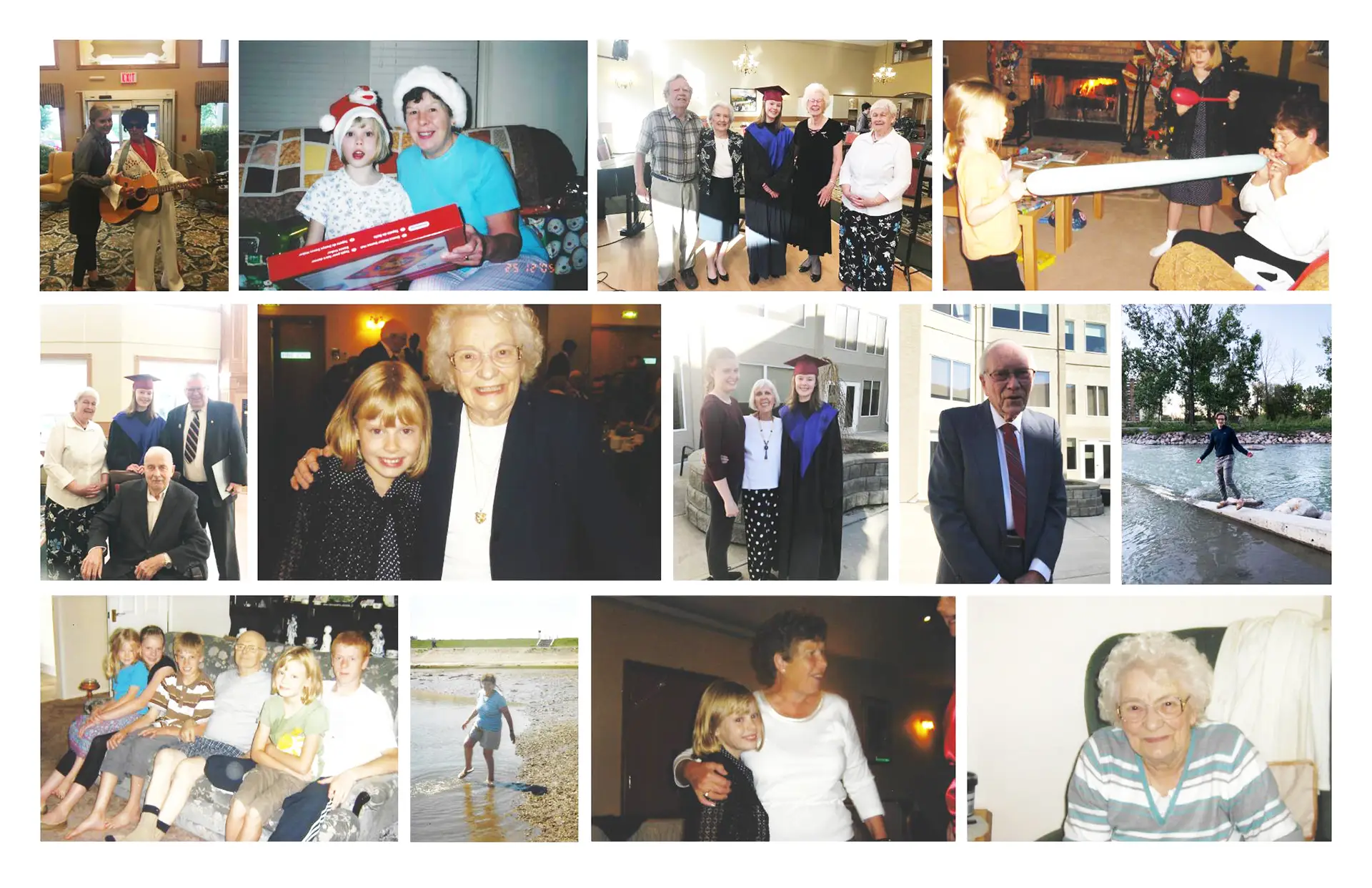
The Complex Landscape of End-of-Life Care: A Personal Journey and Professional Insight into Hospice and Palliative Care
Current standards and norms in this area of care observe both strengths and weaknesses that manifest differently from situation to situation, predominantly depending on what type of care or care facility someone has access to. I have been lucky to be inspired within my own family by my mother, who through her own mother’s diagnosis and time spent in end-of-life care, particularly hospice care, reinforced her career path in palliative care. She is a testament to healthcare workers and care models, particularly hospice care models, and the value that they bring to the ill and their loved ones.
I have witnessed her resilience, compassion, and dedication. It has inevitably inspired me to develop an appreciation for hospices. I am curious to unearth, from a design and user perspective, what this model of care has to offer to the dying in its current state, as well as the ways in which it can be progressed to adapt to the ever-changing and demanding needs that this demographic faces now and will face in the future. It is crucial to unearth what designers can do to be part of this change, and I hope to use my mom’s, as well as my own experience, to give an idea of user needs from the perspective of those immersing themselves in these facilities on a daily basis.

Designing Accessible and Comforting Hospice Spaces
Ultimately, patients find comfort in sustaining a level of normalcy, which is very effectively accounted for when their families and loved ones are able to have a prominent presence in their end-of-life journey (Lynch, J). This requires designers to make considerations for personal belongings, planning spaces that are flexible and that are not designed to assume the emotional or sentimental needs of their patients.
It is not possible to assume the experience of the patient, so it is best to allow them to address what they need to feel this familiarity and comfort in their home away from home. This also begs the question of blended end-of-life care programs that can allow individuals to access their homes where possible if their condition allows for it, but also leaves room for consideration of other strategies that can be adopted to make patient rooms as personalized to emotional need as possible.
Designing Hospices with Loved Ones in Mind
Considerations for making space for family members and friends to be close to their sick loved ones should be of high priority when designing a hospice and creating a center that is as accessible as possible. In their experience, Palliative Care nurses witness heightened stress levels from family members when the center itself is not easy to access (Lynch, J). This may happen if the hospice is situated far away or if it is not closely connected to the local community.
Something as simple as a lack of appropriate amounts of parking can make an already stressful visit extremely challenging, especially for those who are not locals. A hospice should have the capacity to accommodate overnight stays with beds and showers “to accommodate out-of-town visitors” (Lynch, J). The added layer of not having a secure place to stay or adding the financial burden of paying for accommodation creates scenarios where loved ones are less likely to have the means to support the patient and to visit them.
It is important to recognize that the loved ones of patients, as well as their caregivers, are also grieving. Designers must plan for spaces that allow solace, meditation, reflection, and peace, such as reflection rooms, lounges, and outdoor gardens. Spaces for children and youths, such as play areas and computer areas can also be a great resource, giving young people reprieve from these often very emotionally heavy environments (Lynch, J).
In some hospices, there are in-house grief counselling for patients that support their loved ones and also the staff who provide care. Even support spaces that allow for family members to prepare their own meals, and to bring those comfort foods and much-needed dishes and recipes to their loved ones could be effective (Lynch,J). Though hospices often provide kitchenettes and coffee stations, an extension of this in creating a place for families to express themselves and care for their loved ones through food is an important consideration for these centers of care.

In an effort to combat loneliness, and by extension the importance of spaces that accommodate emotional needs, it is also imperative to recognize that not all patients have loved ones and are very much alone in their journeys (Lynch,J). Initiatives that bring the community in should be accommodated through community engagement, and multi-purpose and flexible spaces that allow patients to interact with others.
In my mom’s experience, this has often been observed with social events and activities such as BBQs, holiday activities, live music, and pet visits. It is key to provide initiatives for volunteers and community members to have a presence for those in most need of interaction and comfort” (Lynch, J). Often hospices act as an intersection point of end-of-life and fostering day-to-day rituals and celebrations of normal life, such as “birthday parties, anniversaries” and, in her experience, “even weddings” (Lynch, J). Flexibility in design is very important.
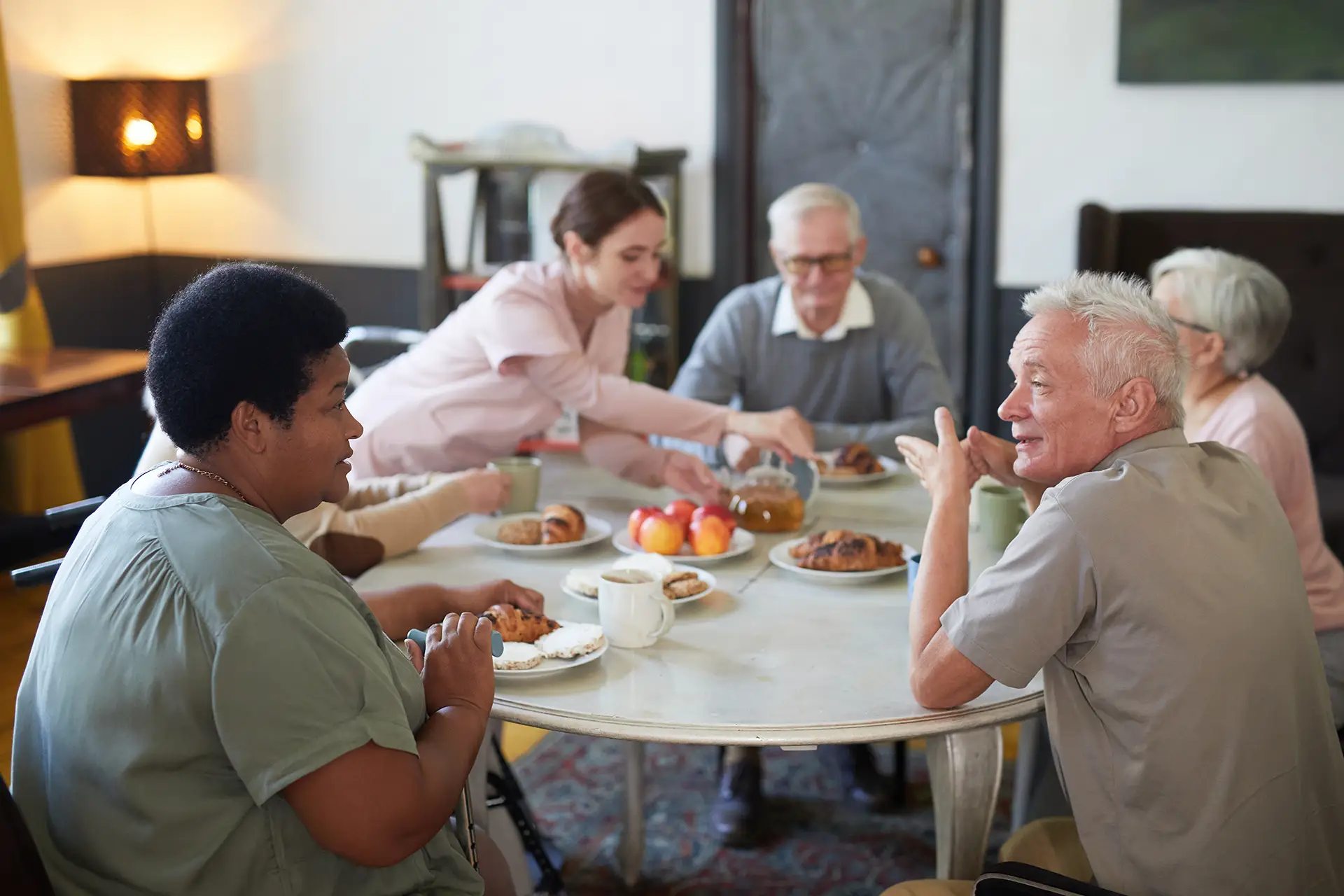
Addressing Challenges and Fostering Solutions in Hospice Design
As hospice care and medical needs continue to increase, existing centers are currently struggling spatially with rooms and interior programmes that are small and inflexible, which can make it difficult for patients to spend time with their loved ones, or even to leave their rooms. Existing centers are making do with the spaces that they have, as the need for hospice care continues to grow. In many cases, hospitals are not able to provide the same type of care and resources that hospices can. Many hospices only provide capacity for a small handful of occupants at a time. This in some ways allow hospices to set themselves apart from larger medical facilities and creates capacity for a homier and less institutionalized approach to care (Lynch, J).
In recognizing this, it seems that design must strike a balance between this core and the vital idea of place-making and ideas of the home, as well as providing capacity for the ever-growing need for care that only hospices can provide. Rooms need to be filled with light, with not only views to the outside but also easy access to outdoor spaces. Depending on their condition, patients often must stay in their beds in this scenario, so it is important for outdoor and adjacent spaces such as hallways and patios to accommodate medical devices, supports, and equipment.
Not only this, but designers should consider deep roof overhangs for sun protection, outdoor structures such as gazebos, shading opportunities, and gardens that can make outdoor spaces more accessible. When residents can’t go out, large glazing with optimal views, or even small things like bird feeders hanging from windows to bring nature closer, is very important to mental wellbeing. Not only that, but the natural light that this provides contributes to the mental wellbeing of all users, and brightly lit spaces are much easier for staff to clean and maintain (Lynch, J).
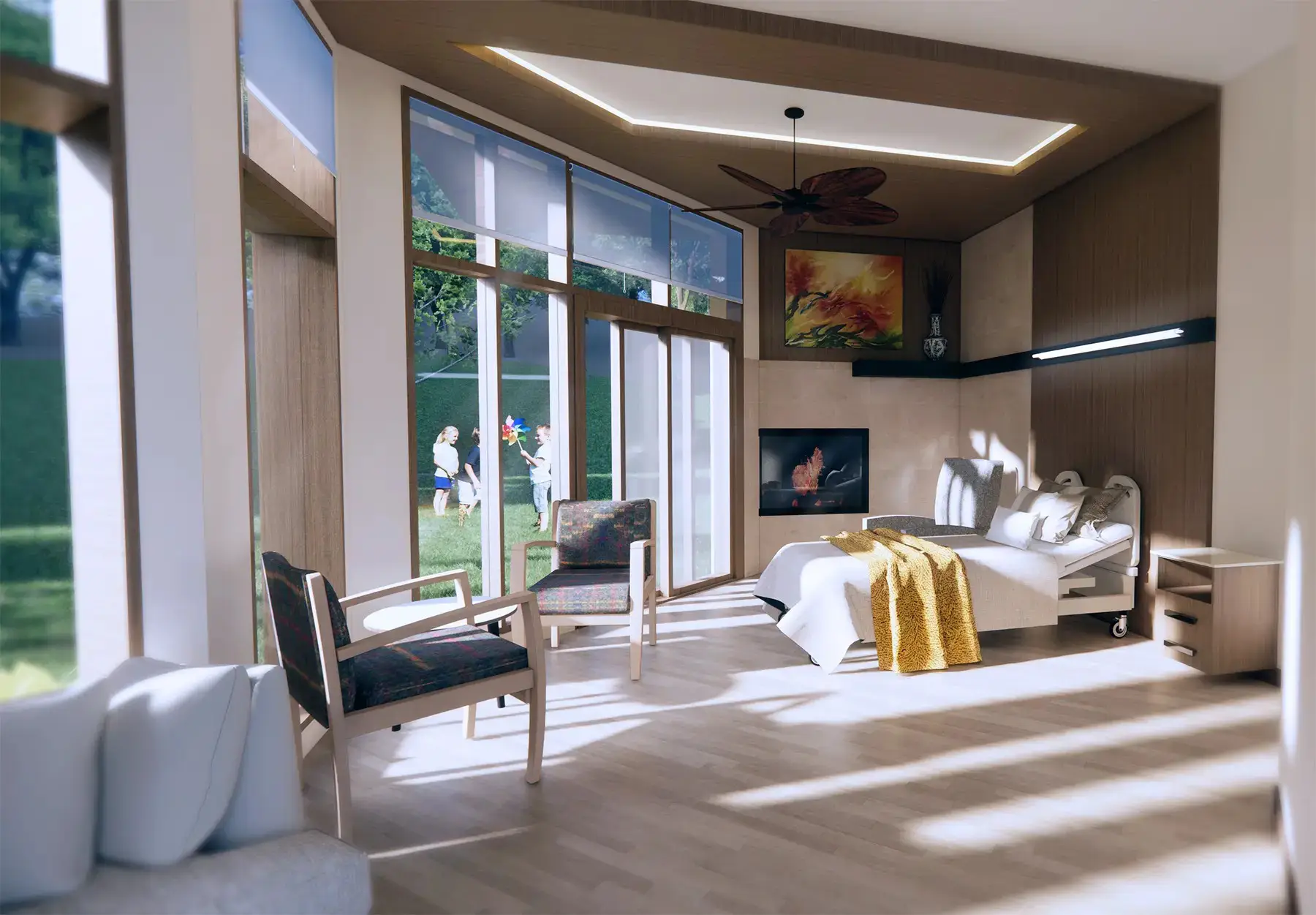
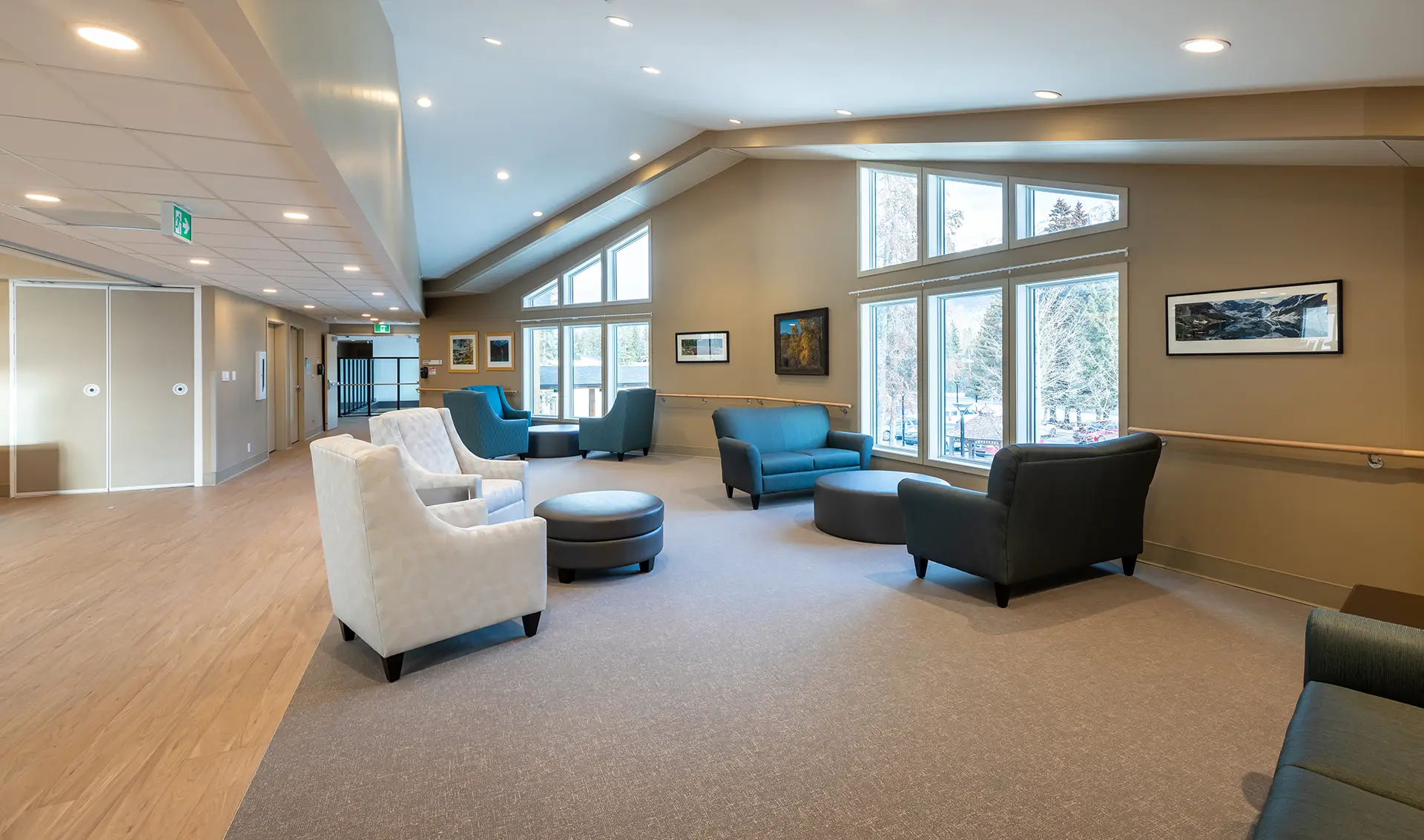
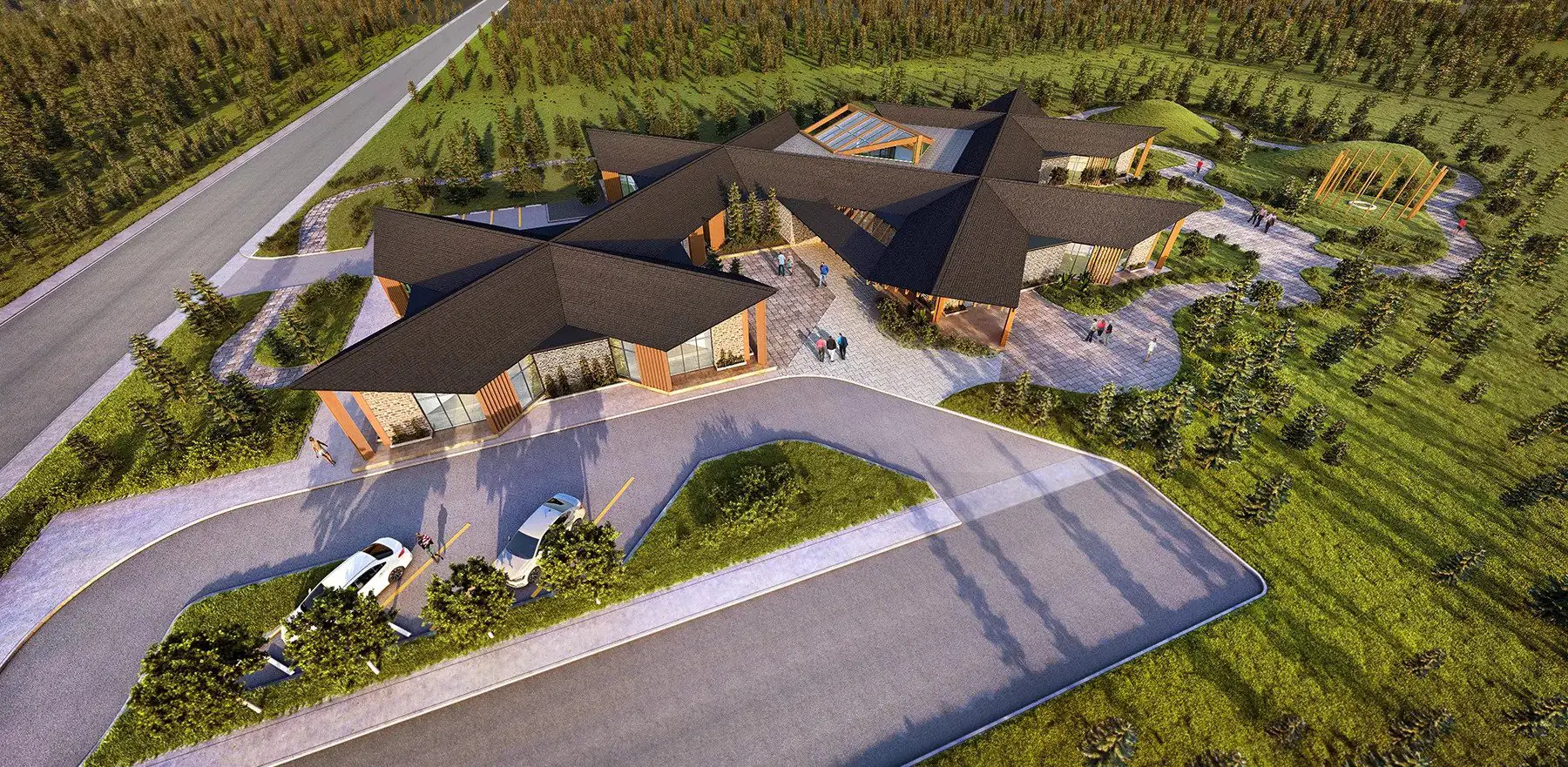
Visit our website to discover METAFOR’s unique approach to design thinking that drives our commitment to the communities where we live and work to help Make Tomorrow Better Than Today!
View Our Projects
Our Projects Are Helping Make Tomorrow Better Than Today by Addressing Alberta's Housing Crisis
Faith Lynch, Intern Architect

Danielle Brewer, Architectural Technologist
Lynch, J., Registered Nurse, Palliative Care Specialist
Interview conducted by Faith Lynch, November 26,2023

